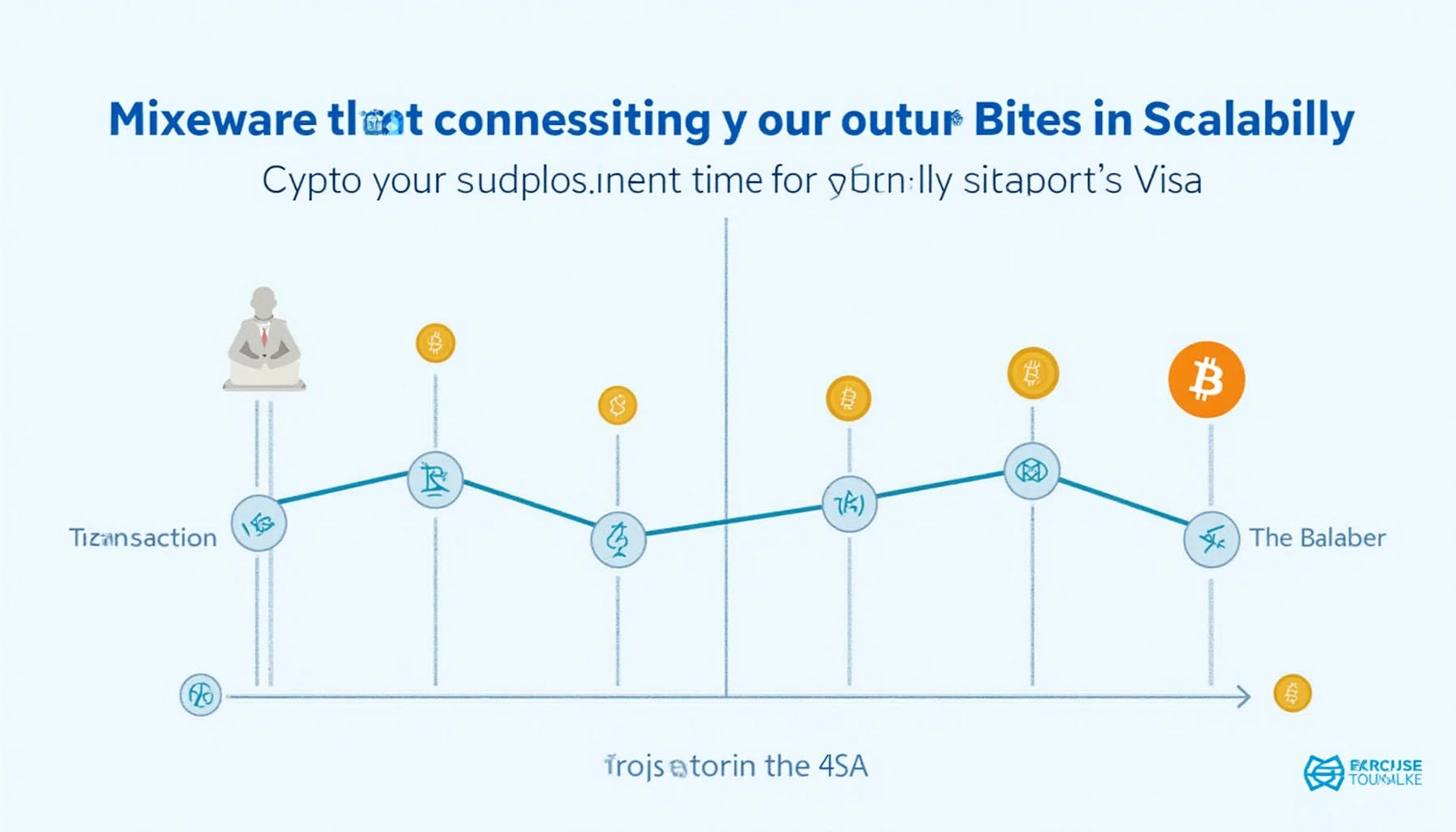Introduction: Why Scalability and Performance Matter?
As the global cryptocurrency market continues to grow, with over 560 million crypto holders worldwide, the efficiency of digital currencies heavily relies on software scalability and performance. In fact, a staggering 43% of these individuals experience transaction delays due to scalability issues. But what does this mean for the future of blockchain technology? How can developers ensure that their platforms can handle increasing demand while maintaining performance?
The Impact of Scalability on Digital Currency Transactions
Scalability refers to a system’s capability to manage increased volume without compromising performance. For cryptocurrencies, this means supporting a growing number of transactions.
- Transaction Speed: A scalable system can process more transactions per second (TPS). For example, Bitcoin handles around 7 TPS compared to Visa’s 24,000 TPS. This discrepancy showcases scalability challenges.
- Network Congestion: During peak times, systems that lack scalability lead to congestion, resulting in high transaction fees and delayed confirmations, causing frustration for users.
- Long-Term Viability: Without a solid scalability framework, many cryptocurrencies may struggle to survive in an increasingly competitive digital ecosystem.
Enhancing Performance: Key Strategies for Developers
Improving performance involves optimizing the transaction process. Here are some strategies that developers can use:

- Layer 2 Solutions: Technologies like the Lightning Network for Bitcoin enable off-chain transactions to reduce congestion.
- Sharding: Dividing the database into smaller pieces allows parallel processing, increasing the overall capacity.
- Protocol Improvements: Upgrading consensus mechanisms, like moving from Proof of Work to Proof of Stake, can significantly enhance network performance.
Real-World Application: Case Studies
Several projects are making strides in scalability and performance:
- Ethereum 2.0: This upgrade aims to transition to Proof of Stake, improving both speed and efficiency, making the platform more user-friendly.
- Polygon: A Layer 2 scaling solution for Ethereum, which facilitates faster transactions while reducing costs.
Conclusion: Preparing for the Future of Cryptocurrency
As we move closer to 2025, ensuring software scalability and performance will be crucial for the market’s sustainability. The potential of cryptocurrencies, particularly in regions like Singapore, where regulatory frameworks support innovation, presents exciting opportunities for developers.
Investors and traders need to be vigilant and informed about these developments. To stay ahead, download our comprehensive guide on cryptocurrency scalability strategies.
Disclaimer: This article does not constitute investment advice. Please consult local regulatory authorities before proceeding.





